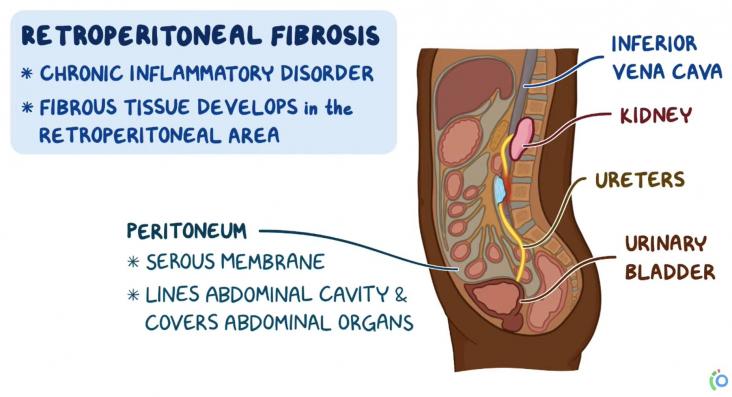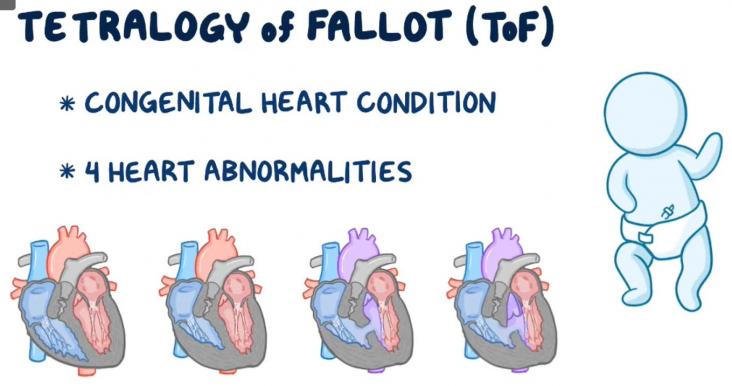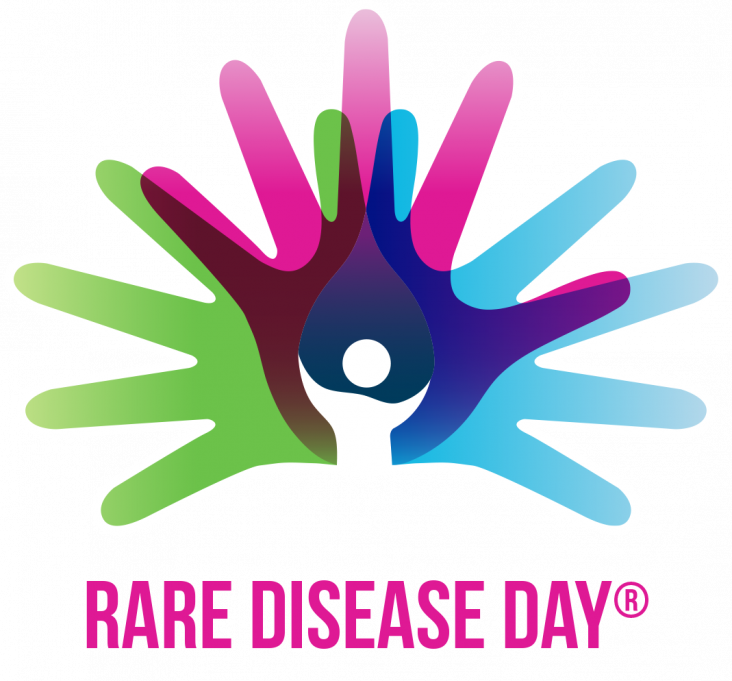This content aligns with Goal 3: Good Health and summarizes and highlights the principles of therapy for AIH of importance to pathologists.

This article relates to SDG 3. This resource, created together by Osmosis and the National Organization for Rare Diseases (NORD), aims to increase the knowledge and awareness about retroperitoneal fibrosis, an inflammatory condition in which fiber-like tissue accumulates behind the peritoneum and causes lower back pain.

This article related to SDG 3. This resource, created together by Osmosis and the National Organization for Rare Diseases (NORD), aims to increase the knowledge and awareness about Tetralogy of Fallot, the single most common form of congenital heart disease that causes cyanosis (bluish discoloration from lack of oxygen).
This content aligns with Goal 3: Good Health and Wellbeing by highlighting hepatic manifestations of HIV infection.
This Article supports SDG 3 by revealing high levels of household food insecurity among people with disabilities in Brazil. The Continuous Cash Benefit, a social security payment made to people with disabilities, was noted to be an important contributor to food security in this population.
COVID-19 vaccine hesitancy odds increased with experiences of racial discrimination. Social processes in the Increasing Vaccination Model should include racism.
This Study explores the racial disparities that exist in the emergency departments of 4 hospitals, when they are most prevalent, and how patients' sociodemographic characteristics impact image acquisition time, raising awareness for SDGs 3, 9 and 10.
This Study highlights the existing racial disparities in colorectal cancer screening, relative to SDGs 3 and 10, and dives deeper into how social determinants related to zip code tabulation have a further impact.

Rare Disease Day is the globally-coordinated movement working towards equity in social opportunity, healthcare and access to diagnosis and therapies for those living with a rare disease.
Emerging evidence from the western literature suggests an increasing focus on applying nature-based interventions for mental health improvements.
